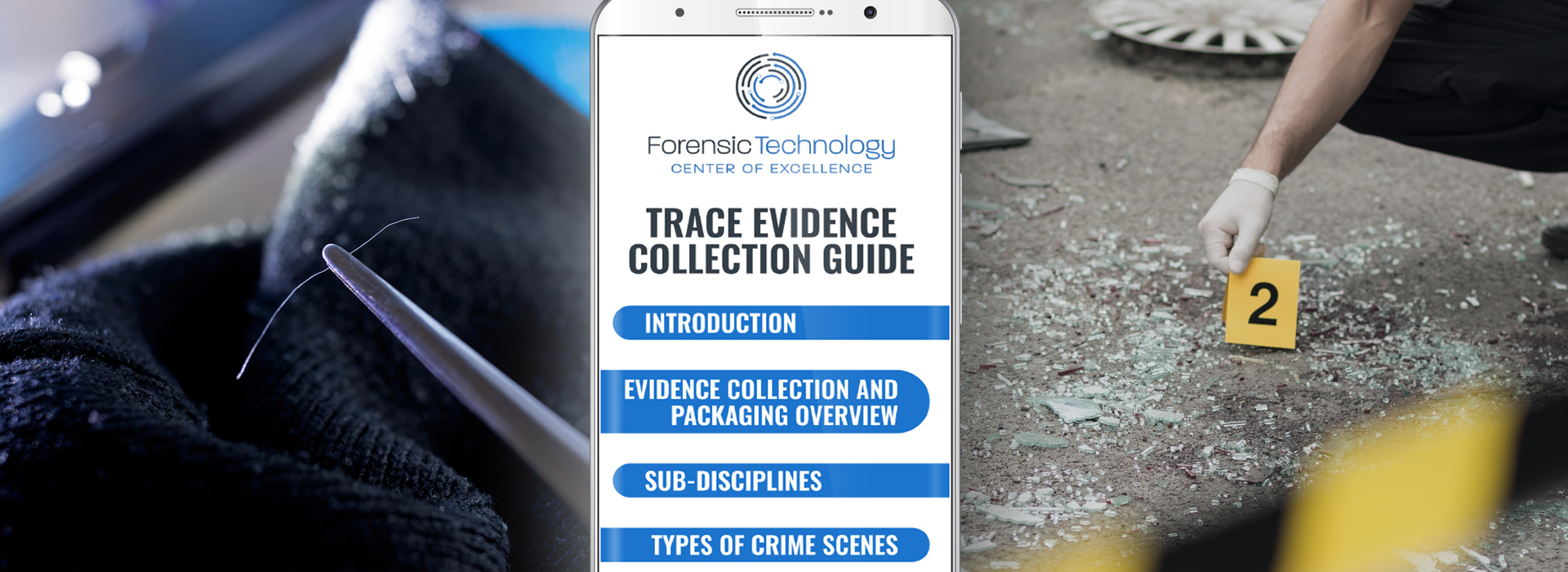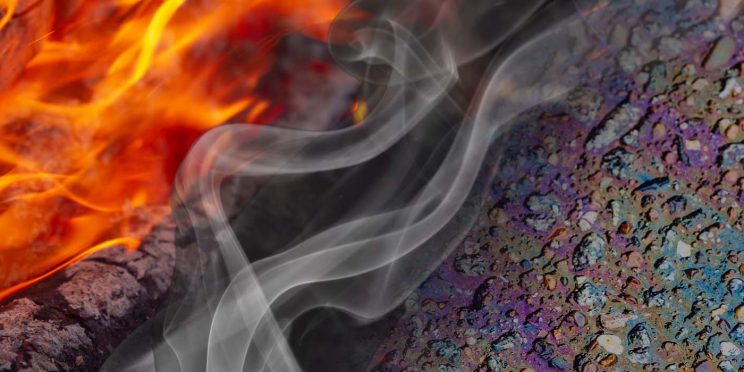Go MOBILE for FREE with the Trace Evidence Collection App!
Get the app here or search for “Trace Evidence Collection App” on the Google Play Store.
Google Play and the Google Play logo are trademarks of Google LLC.
Get the app here or search for "Trace Evidence Collection App” on the Apple App Store.
Apple App Store and Apple App Store logo are registered trademarks of Apple Inc.
Overview
The Trace Evidence Collection App is a mobile app companion to the Trace Materials Crime Scene Investigation Guide developed by the Organization of Scientific Area Committees (OSAC) for Forensic Science. The Trace Materials Crime Scene Investigation Guide assists crime scene teams and law enforcement officers with the recognition, collection, and preservation of trace evidence. The mobile app enables the user to access, search, and reference the guide's contents at any time and in any location. With this information easily accessible, users can reference descriptions of different types of trace evidence, information about where trace evidence might be encountered in crime scenes, and instructions outlining the collection and packaging of trace evidence.
The Trace Materials Crime Scene Investigation Guide was created by the Outreach Task Group of the Trace Materials subcommittee in collaboration with the Fire Debris and Explosives, Footwear and Tire, Gunshot Residue, and Geological Materials subcommittees of OSAC. This task group consisted of members of the trace evidence and crime scene communities and was formed to create a practical, quick reference guide for crime scene teams to use for the recognition, collection, and preservation of trace evidence. While this guide can be accessed via the OSAC website, its intended audience needs to be able to access the content quickly and in real time.
OSAC is administered by the National Institute of Standards and Technology (NIST) to facilitate the development of technically sound standards and guidelines, and encourage their adoption by the forensic science community. NIST and members of OSAC approached the Forensic Technology Center of Excellence (FTCOE) with the idea of adapting the content from the Trace Materials Crime Scene Investigation Guide into a mobile application, so the guide could be easily accessible and utilized by users in the field, specifically crime scene investigators at the local, state, and federal levels.
The Trace Evidence Collection App is available for both Apple iOS and Google Android devices and contains:
- The entirety of the Trace Materials Crime Scene Investigation Guide, including information on types of trace evidence commonly encountered by crime scene investigators.
- A range of images and videos to provide further detail and instruction to the user for evidence collection techniques.
- Interactive checklists providing best practice approaches for processing specific crime scene types.
- A dynamic backend foundation that allows for rapid and seamless updating of the application’s content, so the mobile app can maintain the same version control as the Trace Materials Crime Scene Investigation Guide.
We want to hear your thoughts on the app! Please provide any feedback you have in the User Feedback Questionnaire HERE!
Please contact us at ForensicCOE@rti.org for any questions.
Please subscribe to our newsletter for notifications.






